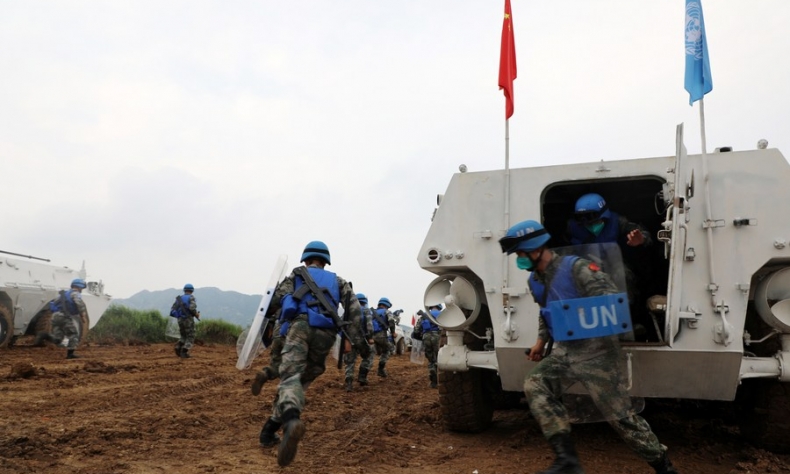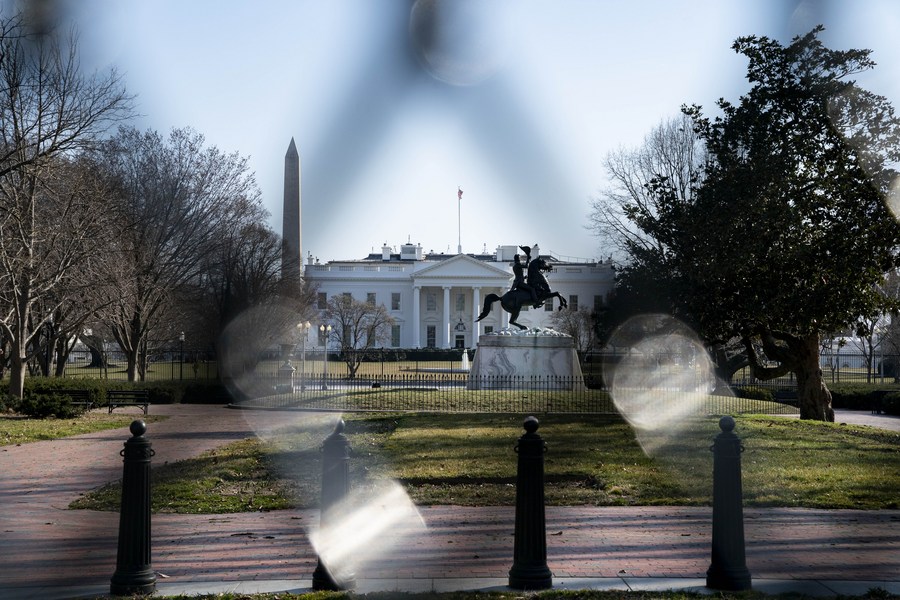Playing by the Rules

Most countries in the world, and developing countries in particular, support China’s approach toward international rules and orders.
China and the United States differ from one another in their understanding of worldwide rules and order. U.S. politicians often criticize China, claiming the latter does not play by the rules, while China retorts it is wholly committed to upholding the international order.
The two countries do, however, share common ground, namely an emphasis on global guidelines; but both go by different definitions.
The current geopolitical landscape took shape on the ruins of World War II, based on the concept of peace and development. Its rulebook pushed forward globalization guided by principles like tolerance, equality, justice and cooperation.
The formation of modern international guidelines is a result of major events unfolding over the past decades, such as the disintegration of the Soviet Union, hegemony on the part of certain developed countries and the rise of emerging economies. As a result, there are two types of understanding: One stresses national power; the other is based on the UN Charter, which is widely accepted by the international community.
Obviously, U.S. politicians refer to the first type and the Chinese Government upholds the second. This divergence is exemplified by the two countries’ attitudes toward international relations.
As the only superpower in the world, the U.S. always stands ready to police the world. Regulations recognized by its own government and serving its own interests are internationally valid in American eyes.

In global economic and trade relations, the U.S. tends to replace World Trade Organization conventions with domestic regulations, epitomized by a range of trade “remedies” taken against China and other countries. In international trade, it frequently invokes Section 301 of the U.S. Trade Law and Section 232 of the Trade Expansion Act, which provides a statutory means by which the U.S. imposes trade sanctions on foreign countries that violate U.S. trade agreements.
When it comes to political relationships, the U.S. categorizes those bowing down to it, like Japan, the UK and Australia, as observers of international order, while those who do not bend the knee are categorized as disobedient.
China’s concept of international rules and order is simple. When visiting the U.S. in September 2015, Chinese President Xi Jinping pointed out in the speech he delivered in Seattle: “China has been a participant, builder and contributor. We stand firmly for the international order and system that is based on the purposes and principles of the UN Charter.”
In nature, the U.S. holds a hegemonic view of order, which partially explains its unrelenting interest in stirring up conflict. China, however, carries a legal view of order based on the UN Charter, highlighting equality and justice. Its “shared future for humanity” proposal fully demonstrates this concept, offering a basis for global interaction and cooperation to overcome global challenges.
Most countries in the world, and developing countries in particular, support China’s approach toward international rules and orders.
With a geopolitical landscape undergoing unprecedented changes and battered by COVID-19 at the same time, the world today is plagued by instability and uncertainty. Unilateralism, protectionism and populism are gravely disrupting the international order. The international community must stand up and find an answer to the question of how to safeguard UN Charter-based rules and order.
 Facebook
Facebook
 Twitter
Twitter
 Linkedin
Linkedin
 Google +
Google +










